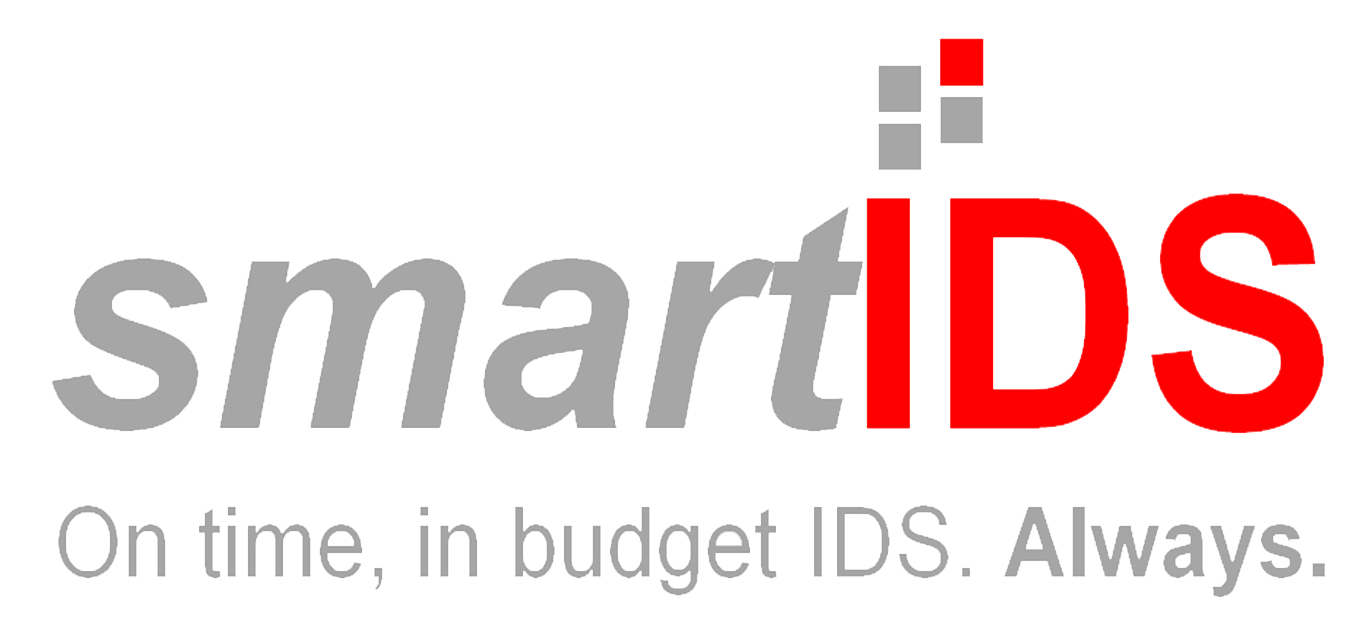It is the duty of an applicant to disclose all the relevant details regarding the invention to the USPTO. Through an information disclosure form (IDF) an applicant submits used all the relevant invention details as a duty of disclosure.
This duty is of the inventors and on all other concerned persons involved in the preparation and prosecution of the application. The form generally includes details of the concepts behind the invention, all active members, prior arts, problems for rectification, drawings, and visual aids, references, etc. Information submitted in IDS includes other issued patents, published patent applications, scientific journal articles, and other relevant published material.
Information Disclosure Form: Critical Elements
Take care while filling the information disclosure form since it apparently allocates the views of the inventor for his/her invention. At the same time, it gives a complete description of how your invention stands apart from the prior art. The major areas of concern are:
- Invention Title: The title must match and indicate the functionality of the invention to a very specific and precise level. Also, with a title length of not more than 15 words.
- Invention Area: depict the subject matter or the area of technology clearly in the title and the invention description area. Even the benefits must also clearly point out the application areas or the industrial applicability of the invention.
- Prior art and rectified problem: Prior art and problems for rectification must clearly indicate the present status of the technology. This is with respect to the pending patent applications and the current developments. If your invention is in furtherance with any existing product, then give a distinguishing description of the invention from the closest prior art.
- Invention Objective: objectives fulfill the requirements and importance of the invention. They fulfill the necessity of the invention when compared to the prior art. Whereas, the necessity portrays its importance when compared with the prior art. The objectives clearly depict that invention as a necessary step to improve the prior art.
- Summary: Including summary and the mode of performing the invention, is a good practice. This part clearly reveals the main aspects of the invention. The summary provides the crux of the invention in a very concise format at a glance.
- Detailed description: it includes all concerning factors, such as the nature of modifications, invention particulars, drawings examples and references in a detailed format.
- Relevant drawings: drawings give a visual experience of your invention. Therefore, always attach all the drawings related to your invention. You can also pin the complex or important drawings or sketches on separate sheets for clarity.
- Keywords: a set of keywords helps the attorney to understand the technical terms involved and makes the invention more lucid. This even helps in finding the exact arrangement of the patent elements.
- Claims: Claims outline the scope of the invention, which in turns becomes the factor to decide the rights provided to an inventor, after the grant of the patent.
- References: mention all the links related to the literature and patent search which are of similar nature as the invention.
- Disclosure information: Sometimes, the disclosure information is also required which must depict the names and dates of the first disclosure of the invention. Inclusion of mode of disclosure (publication, presentation, or oral) makes the invention more transparent in front of the examiner. This enhances the chances of getting a patent.
Benefits of Information Disclosure
Giving a transparent disclosure of your invention majorly works in your favor as an inventor or applicant. Given below is how a well-described information disclosure form gets your patent application pass through all the toll-gates of prosecution.
- Once you prepare the information disclosure, it becomes easier to draft the patent application. This happens simply because the form clearly states out every technical as well as logical detail about the invention. This, in turn, makes it much easier for the patent attorney to draft it.
- Now, the patent attorney can frame wide-ranging claims without studying every minute details of the invention on his/her own, instead of the inventor is the subject expert helps out for this. This, in turn, creates a good relationship and cooperation between the inventor and the patent attorney.
- A good relationship is a clear sign of a good workflow that makes the prosecution process more trustworthy and easier. Providing this sort of key support to the patent counsel will take the inventor one step more towards getting the patent for the invention.
After learning the importance of information disclosure, here you can find when and how you can file an Information Disclosure Statement.
Our Approach
We at the Smart IDS Solution, prepare ready-to-file Information disclosure forms in USPTO prescribed format. Our team comply the data with the obligation, maintain and update it by timely and accurately reporting prior art references. We ensure 100% quality assurance with our IDS creation and are remarkably appreciated by our corporate clients from more than 60+ countries. We do not charge any licensing fees, monthly fees, and storage fees. To know more about our services, please visit SmartIDS Solution.
Other Related Articles:
Multiple Dependent Claims: When do we need them?
5 Major Benefits of Patent Paralegal Service

Hi, this is a comment.
To get started with moderating, editing, and deleting comments, please visit the Comments screen in the dashboard.
Commenter avatars come from Gravatar.